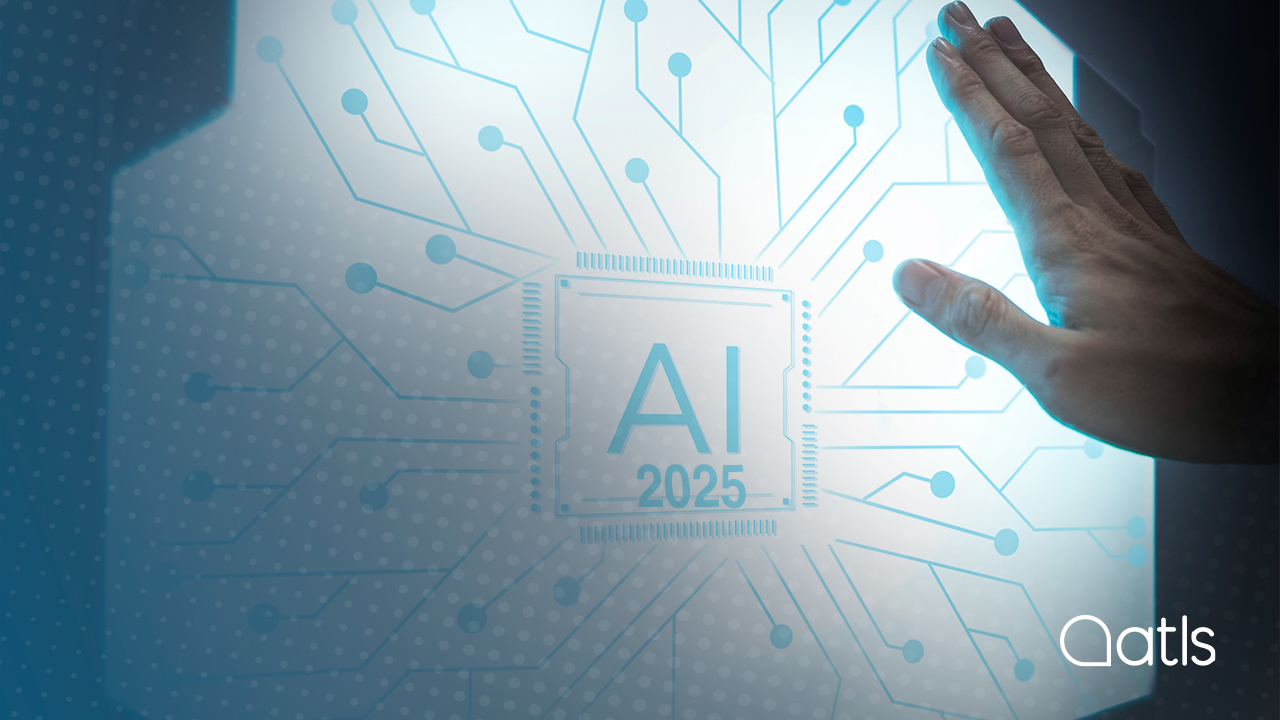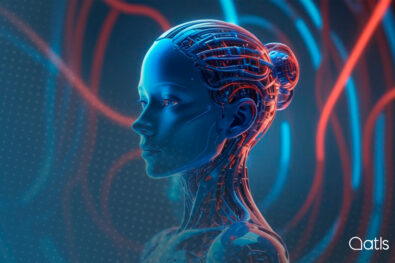The "old school" translators used to say that a good translation is one which you can't tell is a translation. The same is true of machine translation: the good one is the one where you can't tell it's been done by a machine. Will artificial intelligence translation ever enable us to cross that threshold?
Because today, there is still a long way to go. However, that is certainly the horizon: mainstreaming AI in translation for both "ordinary" users and the translation industry. But let's dig a little deeper: if translation with AI is already trending, what is the trend within the trend?
What is artificial intelligence translation?
By now you've probably heard that machines can translate all by themselves... Well, they can; it's called machine translation. It taps statistical principles anchored in parallel corpora (if tea is translated as "té" 99% of the time obviously...).
These corpora have grown and the basis is no longer words but rather segments or n-grams (sentences). This has helped to sort out shortcomings in word order, syntax and other issues. At a certain point, semantics, context and neural networks all emerged. And nothing was ever the same again.
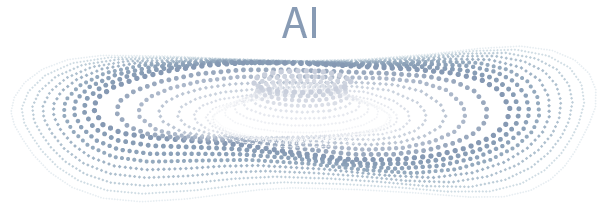
What is the key to AI translation in 2025?
Although the machine knew that tea = “té” most of the time, it would not differentiate between cups, sayings or films and nor would it spot typographical syntax errors (Dream Tea = “Té de Ensueño”?) were it not for the context. And that's what neural networks are for, to get contextualisations which are increasingly consistent with...
- Larger parallel corpora
- More examples in various contexts
- More complex algorithmic rules
- Retraining (machine or deep learning)
An example. If we tell a music AI device to play Für Elise, it will search for examples of note sequences, compare and play the piece. If we ask it to play "something that sounds like Beethoven", it will try things out, discarding the less good options, going back and rectifying until it gets the best result. Like a pianist improvising on the keyboard.
Computing power is greater in neural networks, not just because of their greater sophistication in data management but also due to the way the neurons "communicate" with each other to solve problems. Plus, and this is the key factor, the neural network enhances its performance with experience. Thus they are able to interpolate, infer and lead to ever better translations.
What are the advantages of artificial intelligence translation in 2025?
Whatever they tell you out there, there is still a long way to go in AI translation until translators can push da button and sit back with their hands behind their head; when several languages are involved, the context is challenging or the tool is substandard, the results can be chilling.
This is not to say that using AI in translation does not bring extremely considerable inherent advantages in assisted (by artificial intelligence in this case) translation which translation agencies are already leveraging in our everyday business.
Faster translation turnaround
There is no point of comparison here. In the ratio between the quality of the outcome and the time taken to attain it, artificial intelligence beats any pre-AI translation software, and even us poor mortals, hands down. The outcome may not be perfect, but it is certainly extremely quick.
Without getting into the scenario of AI translation, which in professional translation is still (for the time being) a thing of the future, artificial intelligence translation makes it possible to expedite the processes of inputting data and outputting translated materials at hitherto unheard-of speeds.
Lower translation costs
As time and money are two sides of the same coin, reducing time has a direct impact on reducing costs. In professional translation in the real world, there is a third variable to be factored in, and that is quality. With artificial intelligence translation we are getting better in every way.
What was already happening with computer-assisted translation (the translator has much higher output in the same period of time, e.g. 1000 words/hour in CAT versus 400 words/hour in 100% human translation), in AI translation things skyrocket within very high quality thresholds.
Wide variety of languages
Yes, artificial intelligence enables translations in a wide variety of languages. As training requirements are increasingly lower, AI translation from and into less widely spoken languages (with fewer resources, therefore, to form linguistic corpora) is becoming more and more reliable.
Twenty years ago, the main problem in translating from Afrikaans into Amharic, to take a tricky example, was finding a skilled translator; ten years ago, the issue was the poor quality and reliability of machine translation in this type of language combination. Both these difficulties have now been successfully addressed.
Professionalisation of using AI in translation tools
This is the real trend (apart from the "surge" in end-user oriented tools): the addition of artificial intelligence translation engines to traditional computer-assisted translation (CAT) tools.
At ATLS, for example, we are already using neural translation with supervision by human professionals. This enables us to deliver high quality translations in over a hundred languages in record time and at extremely competitive prices.
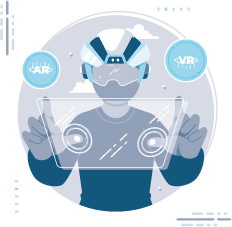
Building AI into translation platforms
We are all familiar with various AI-based translation developments "at user level" as the saying goes. We're talking about popular web and mobile solutions including Google Translate and Microsoft Translator but also others which are more akin to genuine translation work such as DeepL.
Also in marketplace work settings (many agencies nowadays keep their workflow management to a minimum, distributing tasks and translations collaboratively on a first come, first served basis) we are starting to notice AI's inclusion to assist in translation, especially in terms of consistency.
Finally, all major language service providers are embedding AI-based functionalities into their proprietary solutions while also making these functionalities available to the end customer using proxy connectors and APIs. It's especially handy for large volumes.
Artificial intelligence translation trends for 2025
We are now crossing the thin line between present and future, reality and science fiction, which are the trends in something as innovative and vibrant as AI translation.
Growing use of neural machine translation
AI translation is the trend. Representational learning, bidirectional recurrent networks and attention-based models are just some of the concepts which will become increasingly popular and sooner rather than later help to bring about a more accessible, collaborative and scalable translation horizon.
Otherwise, neural translation will keep pace with other technological developments. It is unthinkable, for instance, that it is not cloud-based computing. Likewise, integration with blockchain technology would greatly help in registering intellectual property and managing tasks (through smart contracts).
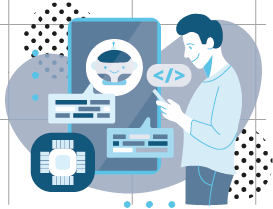
Integrating AI with continuous learning to sharpen accuracy
Today, the value of human intelligence in translation to perform localisation tasks or avert all kinds of bias is still indisputable. However, all this might change in leaps and bounds as deep learning mechanisms are honed.
The most relevant case is speech translation, which already involves developments in text-to-speech and speech recognition practically in quasi-real time in which AI plays a key role for everyday use (not yet in professional settings but that's not far off).
Translation customisation based on context and user
AI has been doing the least well in terms of factoring in the target audience for the message to be translated. And it is pivotal in almost everything but especially in such tricky issues as website positioning and localising brands, products and services.
Sentiment analysis (assessing emotions, opinions, attitudes, etc.) is another very hip area in NLP and one which we will soon see making its way into artificial intelligence translation. In another strand, but one which may oddly converge, are breakthroughs in augmented reality; you can customise a translation based on who you are, where you are and what you need...
What is artificial intelligence translation?
Artificial intelligence translation harnesses state-of-the-art technologies such as neural networks and deep learning to translate text from one language to another, delivering greater accuracy and fluency compared to traditional machine translation methods.
What are the advantages of AI translation in 2025?
Advantages include faster turnaround, lower costs and the ability to translate a broad range of languages, including ones which are less widely spoken. It also allows you to customise translations to the context and the user, enhancing the quality and salience of the outcome.
Will artificial intelligence replace human translators?
Although AI has made significant progress, human translators are still crucial, especially in complex contexts or when precise cultural localisation is required. AI is a tool which adds to and speeds up human work but does not replace it completely.
What are the future trends in AI translation?
Trends include increased use of neural machine translation, integration with technologies such as cloud computing and blockchain and greater customisation of translations according to the context and user. Continuous improvement in accuracy is also anticipated due to deep learning and sentiment analysis.

